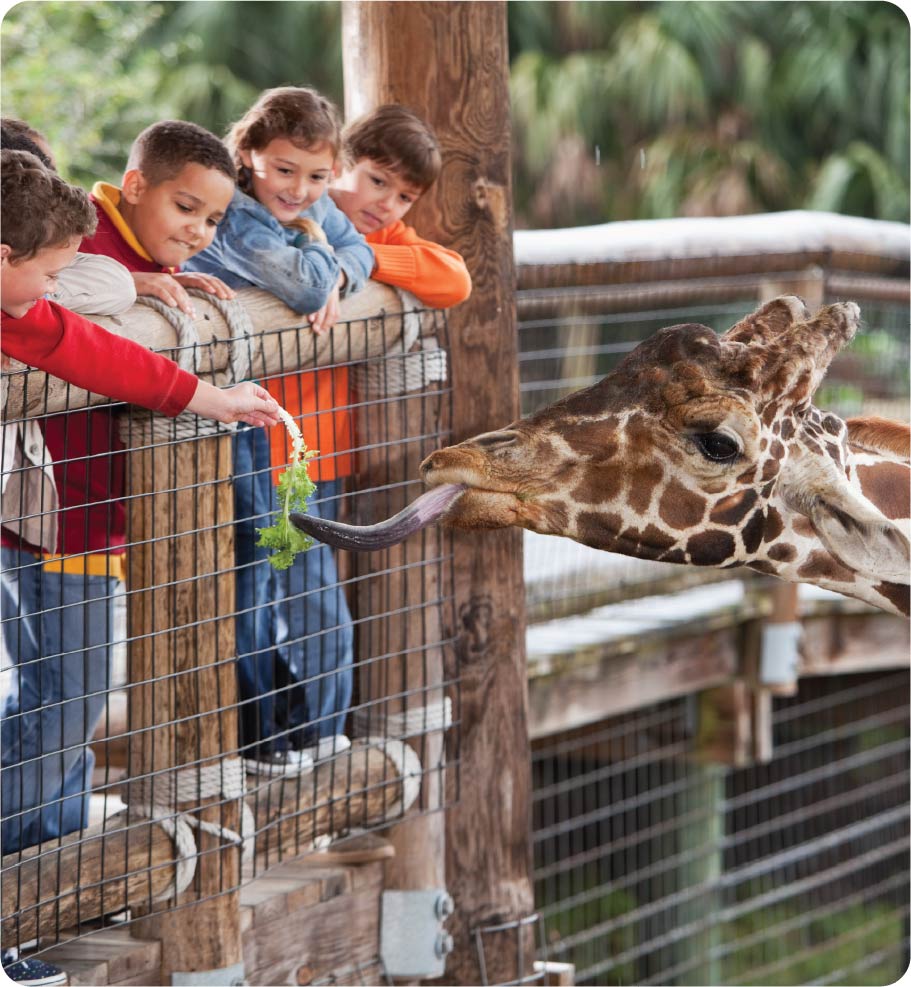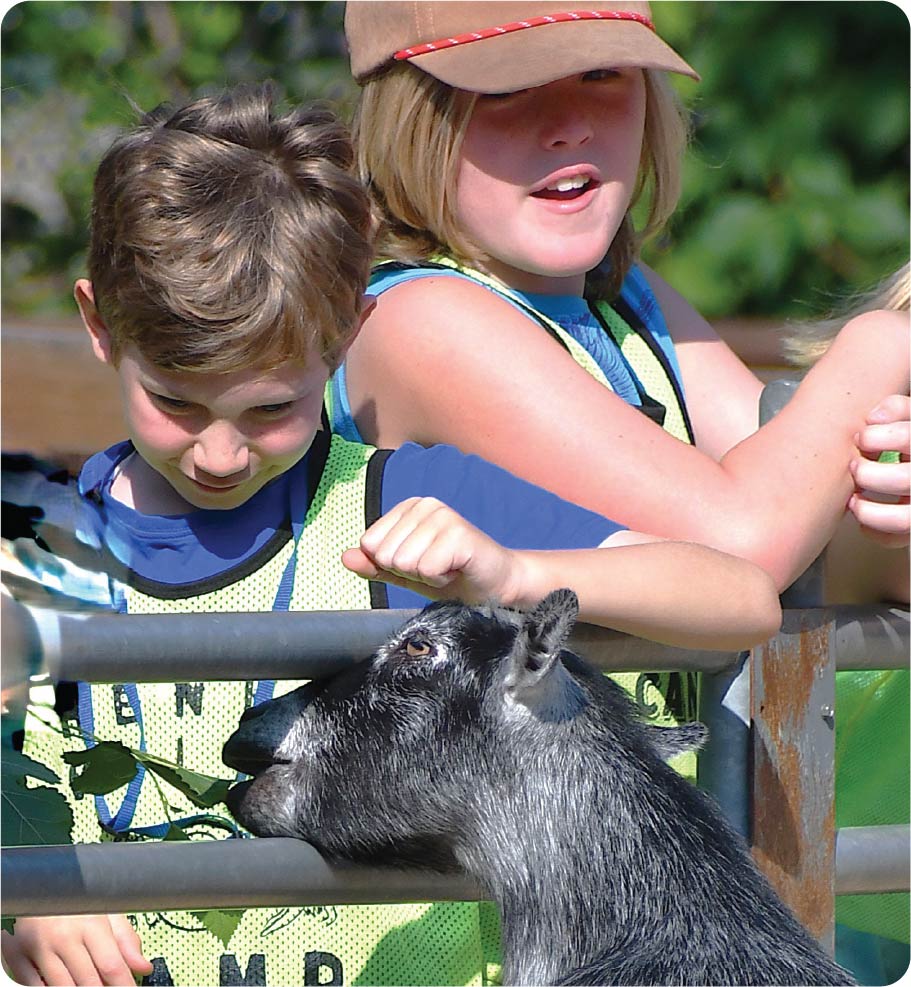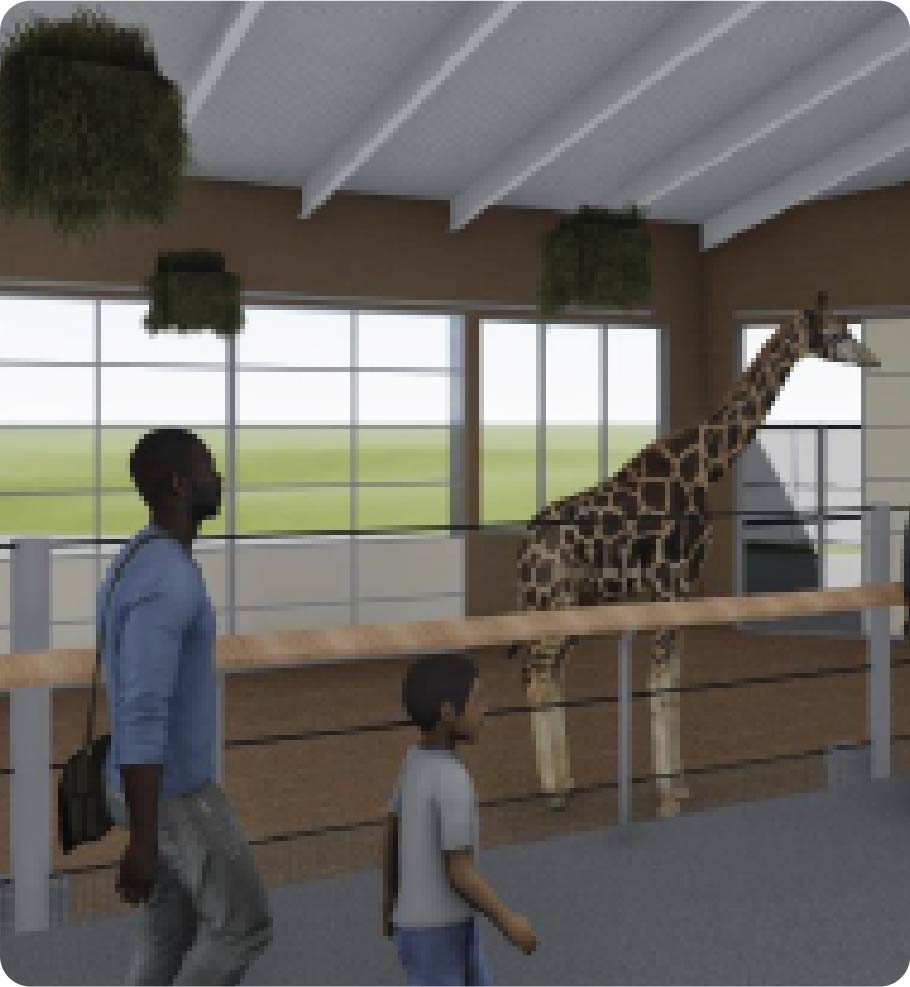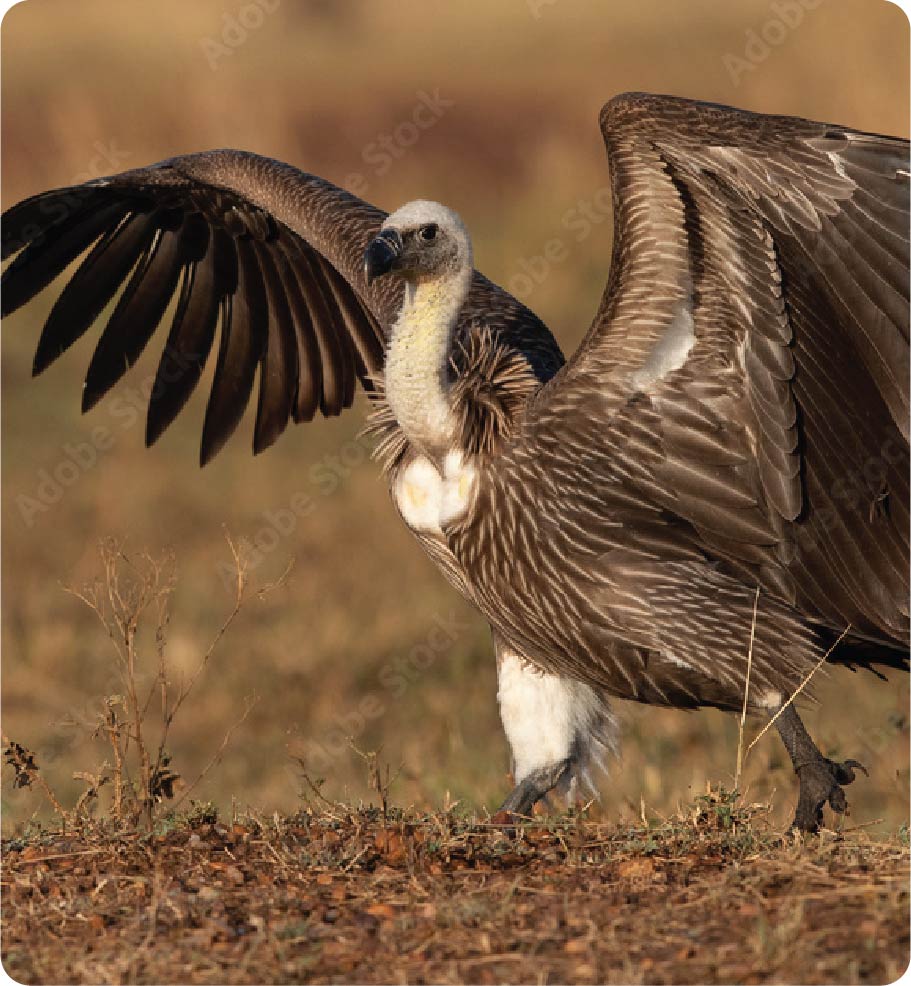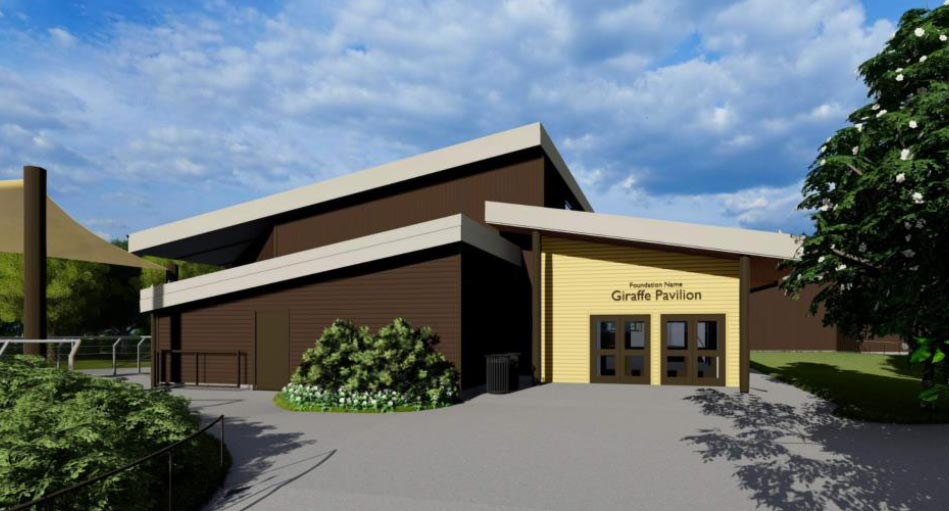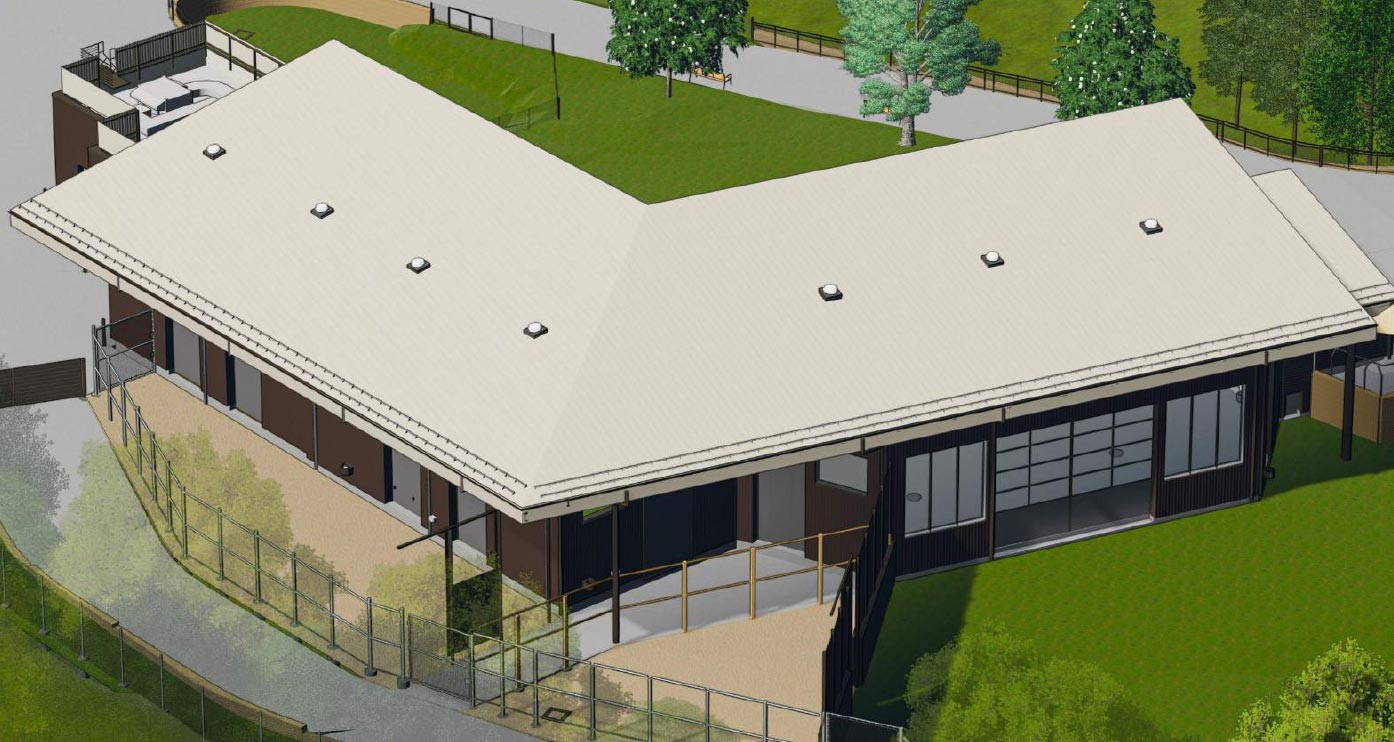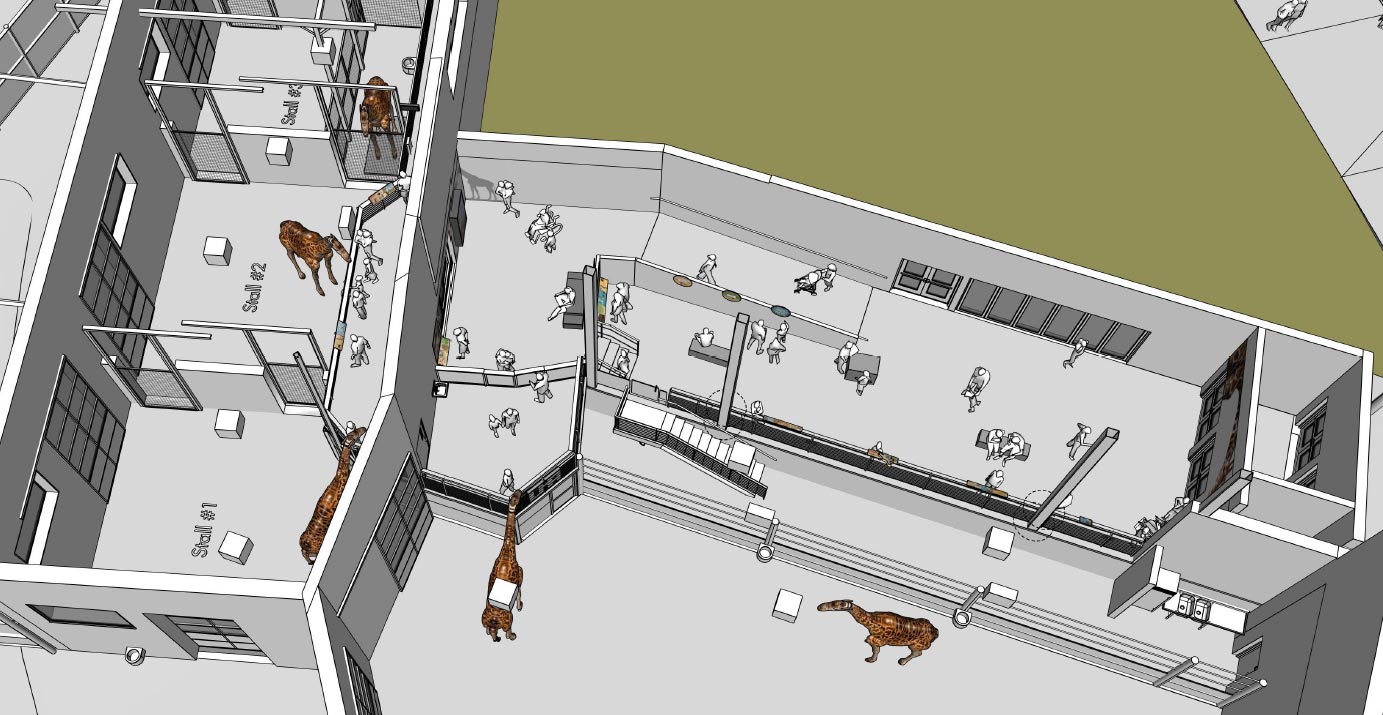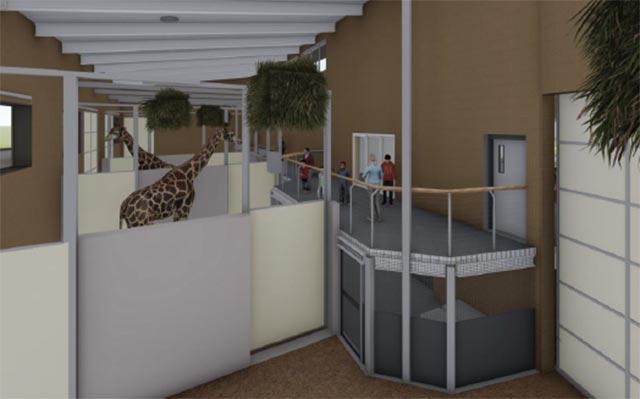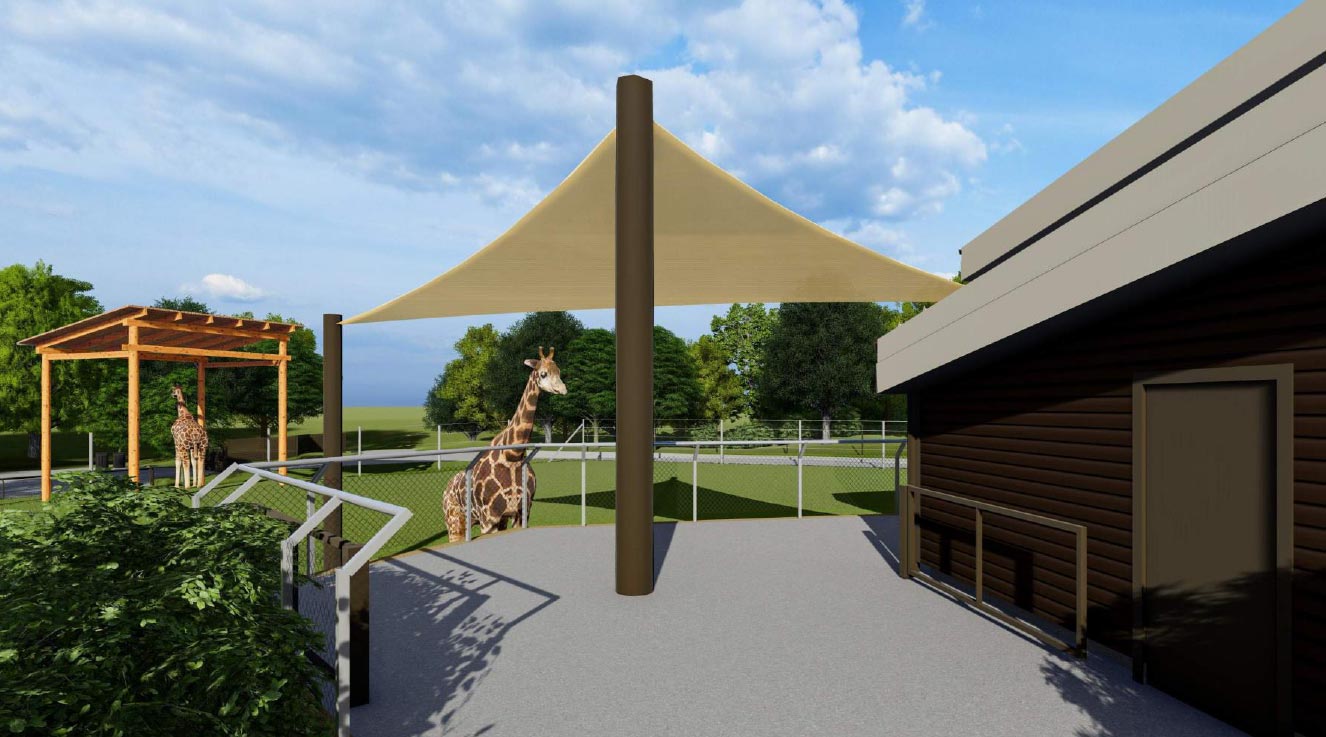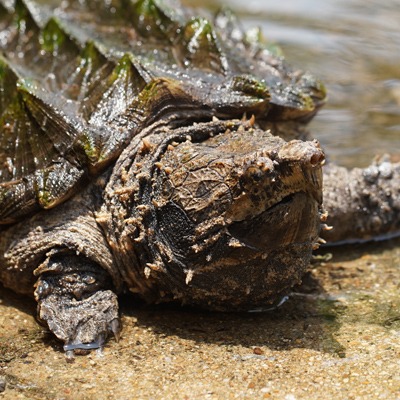
About Alligator Snapping Turtle
Nicknamed the “dinosaur of the turtle world,” the alligator snapping turtle is known for its primitive look and dinosaur-like tail. The largest species of all freshwater turtles, these solitary reptiles can hold their breath underwater for up to 50 minutes.
Habitat
They are found in the southeastern United States in river systems that drain into the Gulf of Mexico. They tend to live in the deeper waters of large rivers, canals, lakes, and swamps.
Diet
They primarily consume fish and other aquatic animals such as frogs, snakes, snails, worms, clams, crayfish, and other turtles.
Family Life
Alligator snapping turtles are solitary. Females dig nests about 54 yards (50 m) from the water’s edge and lay eight to 52 eggs. They are subject to temperature-dependent sex determination; at high and low temperatures, the eggs tend to develop into females, at moderate temperatures, they develop into males.
Conservation Status
The conservation status of the Alligator Snapping Turtle is classified as vulnerable.
Threats
- Alligator snapping turtles are threatened by a number of human and environmental factors including habitat loss, water pollution, overharvesting for meat and shells, and the exotic pet trade.
Facts about Alligator Snapping Turtle
Class:
Reptilia (reptiles)Order:
Testudines (turtles)Family:
Chelydridae (snapping turtles)Genus:
Macrochelys (alligator snapping turtles)Species:
Macrochelys temminckii (ground pangolin)Life Span:
11 – 45 years (wild) / up to 70 years (zoo)Size:
Up to 3 feet (80 cm)Weight:
Up to 200 pounds (90 kg)
Fun Facts
- Alligator snapping turtles are “sit-and-wait” predators, meaning they lie quietly in the mud with their mouths wide open, use worm-like lures in their mouths to attract fish, and snap their jaws quickly to kill their prey.
- They pump their throats to draw water in and out to sample it for chemicals released by prey, detecting if they’re nearby. They can spend 40 – 50 minutes submerged under water before surfacing for air.
